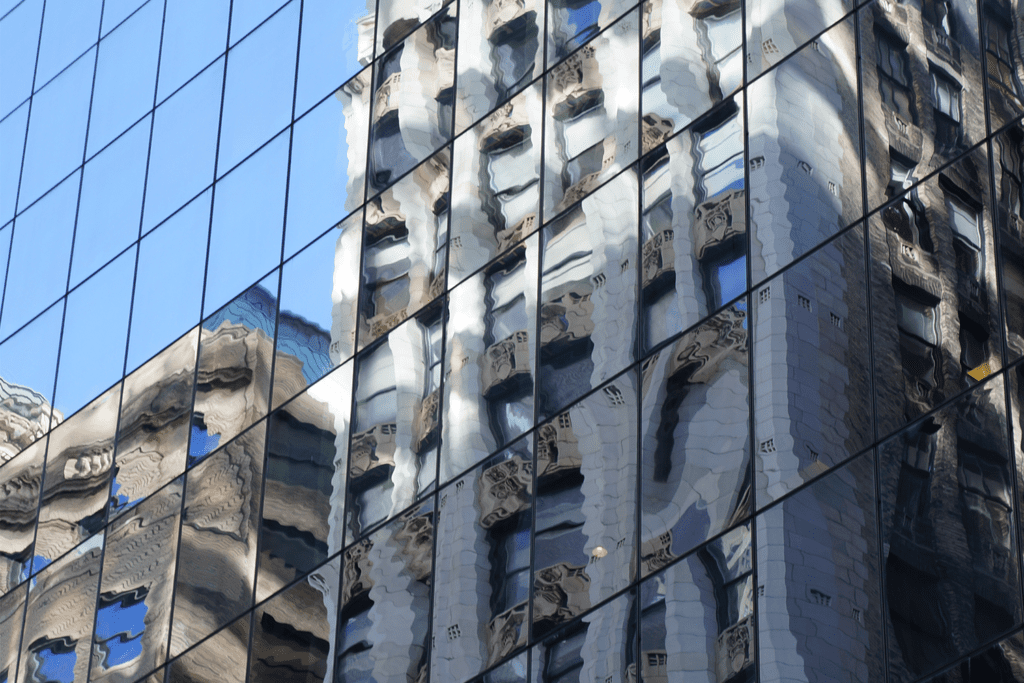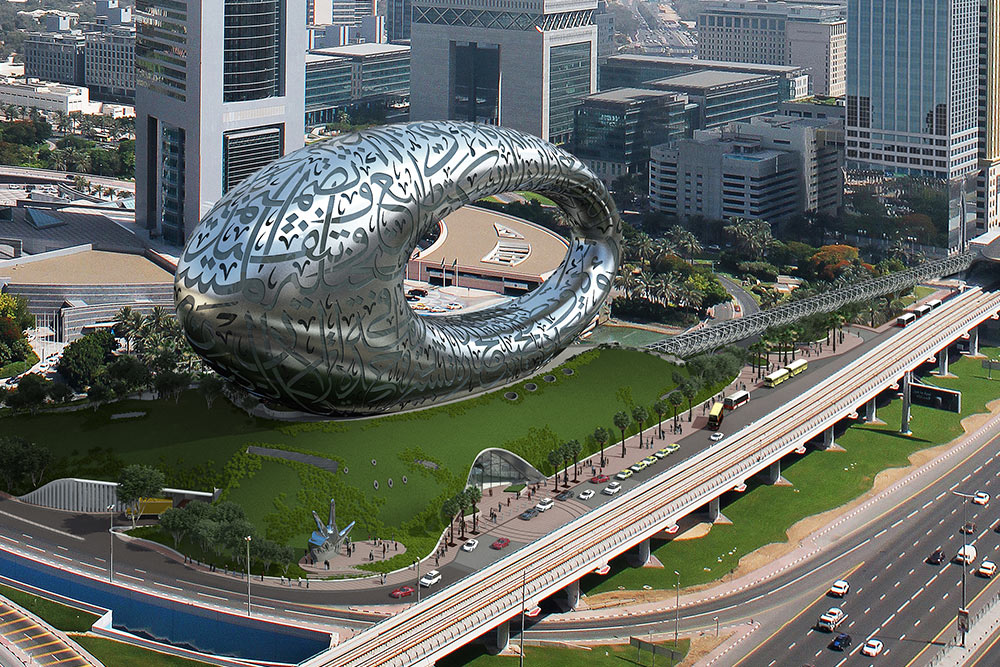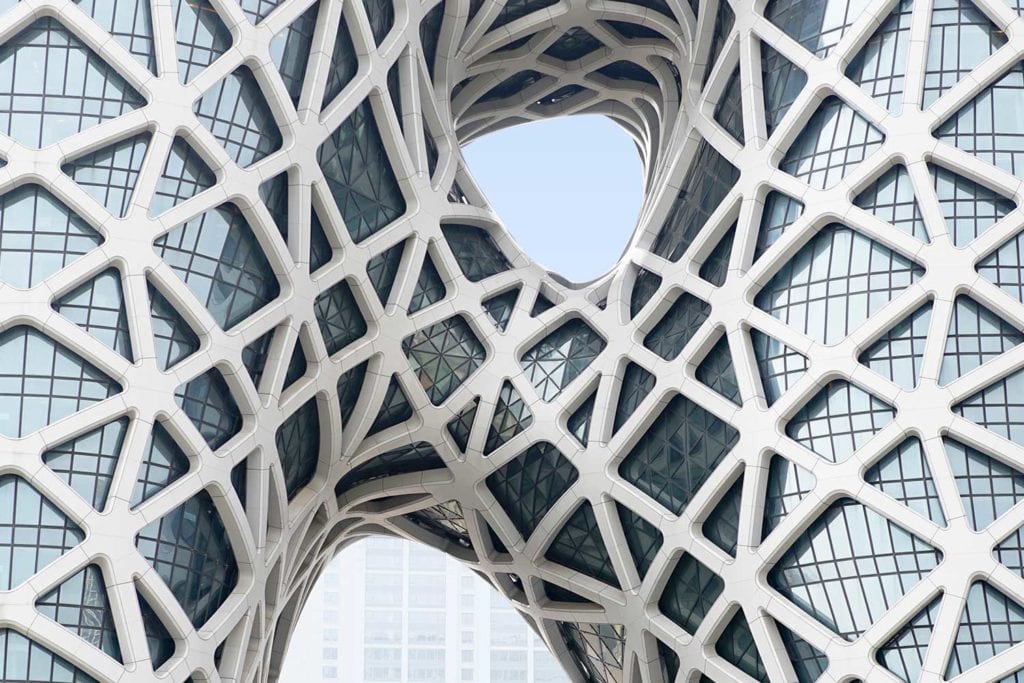
Bespoke facade engineering design tools
Our facade engineering team has developed a number of in-house tools and procedures to enhance the efficiency of processes and accuracy of results, even at the early stages of design. We are currently implementing all of these tools, either to enhance our collaborator experience or drive efficiencies and good working practises in house

Thermal Database and Revit U-Value Calculator
Both the Buro Happold Thermal Database and the Revit U-Value Calculator allow for rapid and efficient thermal assessment of cladding types and junctions to test project specific sustainability requirements.
The Thermal Database is particularly suited to more preliminary calculations, resulting in more certainty on the envisaged performance while maintaining speed and efficiency, based on previous experience of analysis of similar details.
The Revit U-Value Calculator allows for design flexibility and optimisation, with inputs pulled directly from the Revit model.

Dynamic Specification
The ‘Dynamic Specification’ tool allows the performance specification to be embedded within the Revit model.
The Revit model and specification can then be viewed in 3D Repo, allowing the generation of dynamic mark-ups with smart filters to break down, explore, and view the specification, without the demanding software requirements.
This tool is also used to provide facade and fire services in relation to the golden thread

Digital Audit and Comments Tracking
The ‘Digital Audit and Comments Tracking’ tool allows exact locations of faults or defects to be mapped to an easily navigable digital 3D model, containing all relevant metadata.
This will provide an important status overview of the asset under construction, and improve quality and coordination between client, contractor and design team.
When used in conjunction with the ‘Dynamic Specification’ tool, a relationship is established between site auditing and the design performance specification, reducing the likelihood of errors and disputes.

Glare Analysis
By measuring the physical quantities associated with glare using state-of-the-art software, the team has developed methodology and procedures to assess this phenomenon.
The study of glare is a multi-disciplinary problem that draws upon the skill set of both lighting and facade engineering experts since it has an influence on building geometry and origination, the internal/external layout and shading, and the facade materials properties (Light Transmittance, g-value, Reflectivity, etc.).

Digital Prototyping of Architectural Glazing
In partnership with Eclat Digital, Buro Happold have developed a virtual prototyping tool to assist designers and developers in the assessment and control of optical distortion in architectural glazing.
Notwithstanding technological improvements, the thermal treatment of glass, lamination processes and insulation of glazing units still create various types of visual distortions on the surfaces of glass, which can be very noticeable and at times disturbing to people interacting with the facade.
Digital prototyping aims to provide predictive, quantitative and physically-supported images. This technique allows faster and earlier convergence of the design process to assess the best solution, thus limiting the cost and the need for large scale samples.


